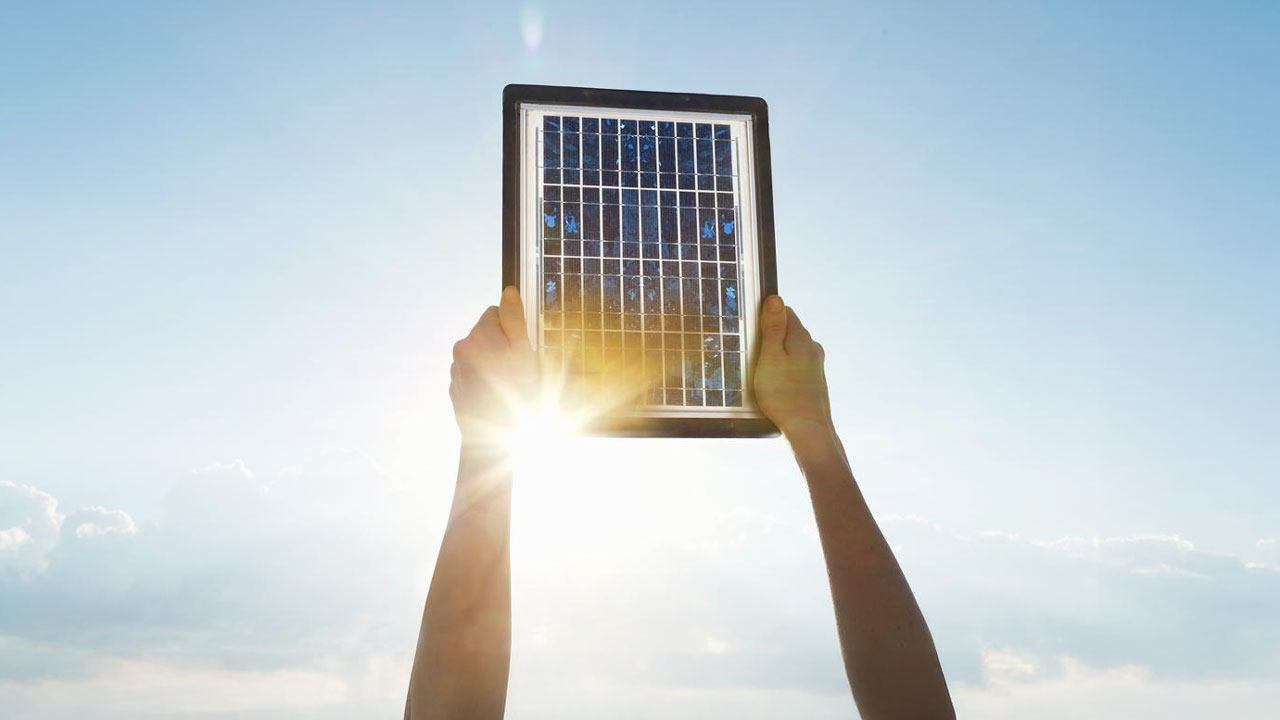Energy harvesting: capturing environmental energy to power IoT devices
Energy harvesting, the process of capturing energy from the environment, is transforming how we power electronic devices, particularly those used in IoT (Internet of Things) ecosystems. These devices, often low-power sensors and actuators, require optimization to operate efficiently without wasting energy. This technology generates electrical energy from environmental sources such as light, heat, or motion to power IoT devices, eliminating the need for traditional batteries or external power supplies. It provides a sustainable and efficient solution with wide-ranging applications across industries like healthcare and manufacturing. Energy Harvesting offers innovative new capabilities to many industries, such as healthcare and manufacturing. Key benefits of Energy Harvesting Energy harvesting brings numerous advantages, making it a viable and sustainable power solution for IoT applications: Cost reduction: Installing and maintaining energy-harvesting systems is more economical, as they remove the need to replace batteries and minimize service interruptions. Reduced environmental impact: By eliminating reliance on disposable batteries and conventional energy sources, this technology decreases electronic waste and conserves natural resources. Sustainable energy sources: Leveraging ambient energy—such as light, heat, and motion—reduces CO₂ emissions and promotes self-powered systems, contributing to sustainability. Enhanced operational efficiency: Self-powered devices like sensors and meters enable predictive maintenance, optimizing machinery performance and extending equipment lifespan. Power for remote areas: Energy harvesting is particularly valuable in remote or hard-access areas, offering a continuous, reliable, and cost-free energy source. Social impact: Sustainable energy in remote regions improves quality of life and fosters economic development in underdeveloped or infrastructure-limited areas. Energy Harvesting is paving the way for a more sustainable and interconnected future, particularly for IoT technologies. Environmental energy sources Energy harvesting sources vary widely, suited to specific applications and environments. Selection depends largely on the deployment context. Mechanical energy Piezoelectric vibration systems generate electricity from mechanical vibrations, commonly found in industrial settings. These systems can be installed on various types of machinery to capture operational energy, which can then be used for monitoring purposes. For instance, self-powered sensors enable predictive maintenance by identifying potential failures before they occur. This capability allows companies to schedule timely maintenance, reducing downtime and maintaining operational efficiency, which is critical in industrial environments. Thermal energy Thermal energy harvesting uses devices like thermoelectric generators to convert temperature differences into electricity. These generators capture waste heat from industrial processes, internal combustion engines, and other heat-emitting equipment. ⚡Thermoelectric generators operate through the Seebeck effect, where a thermal gradient between two materials generates an electrical current. Strategic placement of these generators enables the capture of residual heat to power IoT sensors and devices, providing a sustainable solution for monitoring and controlling industrial machinery. Solar energy Photovoltaic cells capture solar or ambient light energy indoors and outdoors. These cells are optimized to function even in low-light conditions, making them versatile for environments ranging from factories and warehouses to offices and hospitals. By integrating energy harvesting with IoT technologies and wireless sensor networks, real-time monitoring and automation are revolutionized. Self-powered sensors communicate seamlessly, eliminating frequent maintenance needs. This capability is key to creating intelligent infrastructures where advanced data collection and analysis improve operational efficiency and sustainability. Nanomaterials and metamaterials Emerging materials and techniques enhance Energy Harvesting systems' efficiency. Innovations like nanomaterials and metamaterials improve energy capture and conversion, potentially increasing the performance of devices supporting more complex, energy-intensive systems. These systems are particularly valuable in remote or inaccessible locations, where wired connections are impractical or costly. Key applications of Energy Harvesting Energy harvesting is especially impactful in industrial contexts. Sectors such as chemical, petrochemical, cement, and steel manufacturing stand to benefit significantly. These industries, reliant on high-value machinery in remote or hard-to-reach locations, demand robust and efficient solutions to maintain operations. Industrial sector In industrial environments, IoT devices equipped with energy harvesting systems can be deployed for real-time monitoring and predictive maintenance. These devices use energy generated by machines or the surrounding environment. For example, in the hydrocarbon industry, a thermogenerator can be installed on a loading pump to harness the thermal gradient between a hot pipeline and the ambient temperature. This energy powers temperature and vibration sensors, which monitor machine conditions and identify factors affecting their longevity. Healthcare sector Energy harvesting also benefits the healthcare sector. Portable medical devices that monitor patients' vital signs can leverage this technology to generate energy from body heat or movement, reducing reliance on traditional batteries. Innovation and development in energy harvesting Telefónica Tech's Innovation and New Business team actively scouts for disruptive technologies and companies to incorporate into their portfolio. This agile approach involves rapidly evaluating emerging technologies, developing proof-of-concept products, and validating them with clients through pilot projects. Telefónica Tech’s energy harvesting solution At Telefónica Tech we have developed a functional energy harvesting solution, currently in pilot testing with a hydrocarbon company. In this case, our solution includes two key components: physical hardware and a software platform. Hardware: A thermogenerator is installed on a heat source—such as a hydrocarbon pump—to generate electricity from thermal gradients. This energy powers temperature and vibration sensors, enabling predictive maintenance. Software platform: The platform optimizes energy use, integrates sensor data, and provides real-time insights on machine and environmental conditions. Users can visualize data, configure alerts, and generate detailed reports. ■ Telefónica Tech’s energy harvesting solution is ATEX-certified. Having this certification ensures that the devices are safe to operate in hazardous environments, such as those found in the food, pharmaceutical, and petrochemical industries. Conclusion Energy harvesting represents a paradigm shift in powering IoT devices, offering a self-sustaining, efficient, and environmentally friendly solution for diverse sectors, including industrial and healthcare applications. By harnessing ambient energy, this technology reduces costs, minimizes environmental impact, CO2 emissions, and enhances operational efficiency and safety. Continued innovation in energy harvesting is poised to reshape how we utilize natural resources and technological capabilities. Connectivity & IoT Real time asset tracking thanks to accurate and efficient UWB connectivity September 3, 2024
December 2, 2024
 Hybrid Cloud
Hybrid Cloud Cyber Security & NaaS
Cyber Security & NaaS AI & Data
AI & Data IoT & Connectivity
IoT & Connectivity Business Applications
Business Applications Intelligent Workplace
Intelligent Workplace Consulting & Professional Services
Consulting & Professional Services Small Medium Enterprise
Small Medium Enterprise Health and Social Care
Health and Social Care Industry
Industry Retail
Retail Tourism and Leisure
Tourism and Leisure Transport & Logistics
Transport & Logistics Energy & Utilities
Energy & Utilities Banking and Finance
Banking and Finance Sports
Sports Smart Cities
Smart Cities
